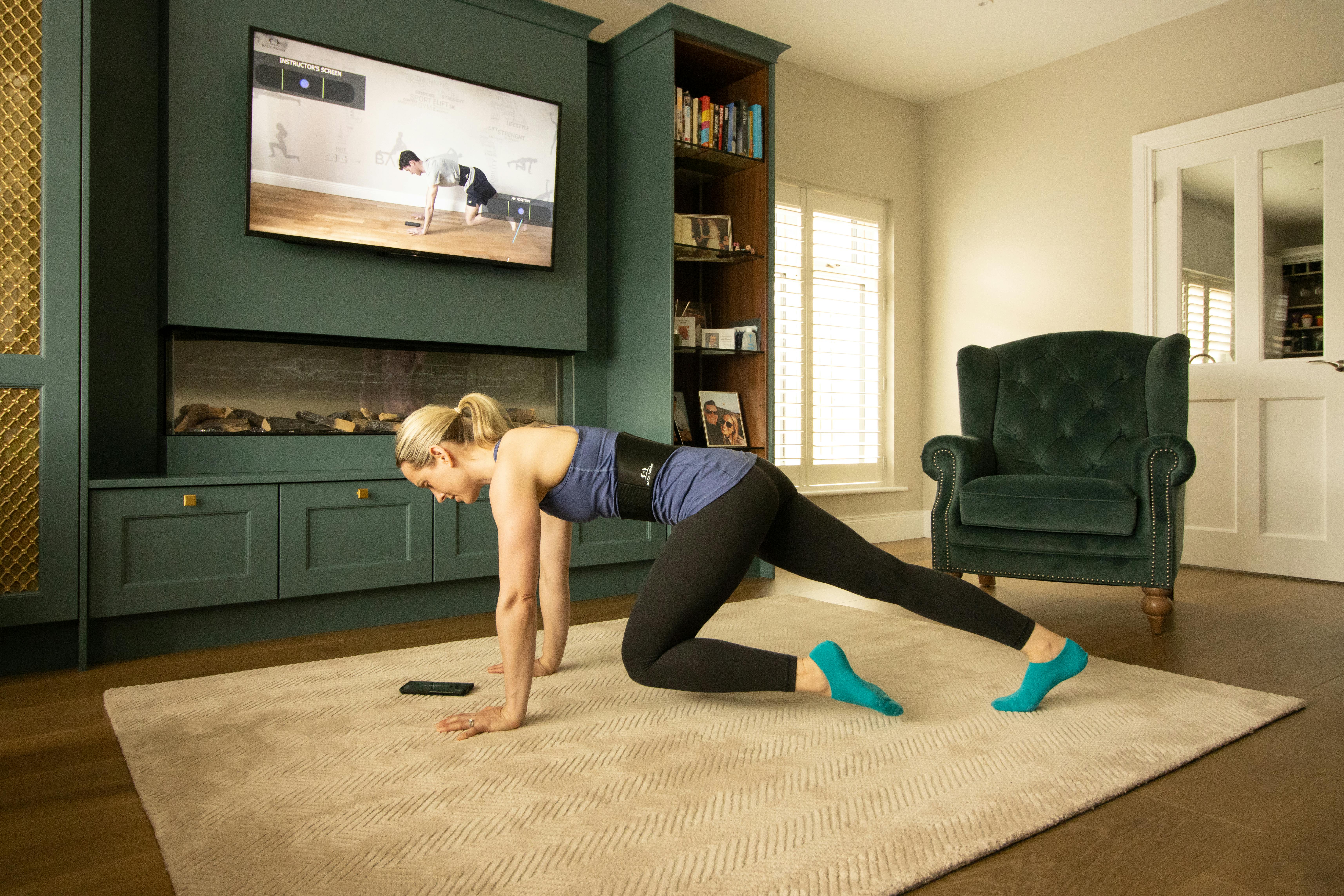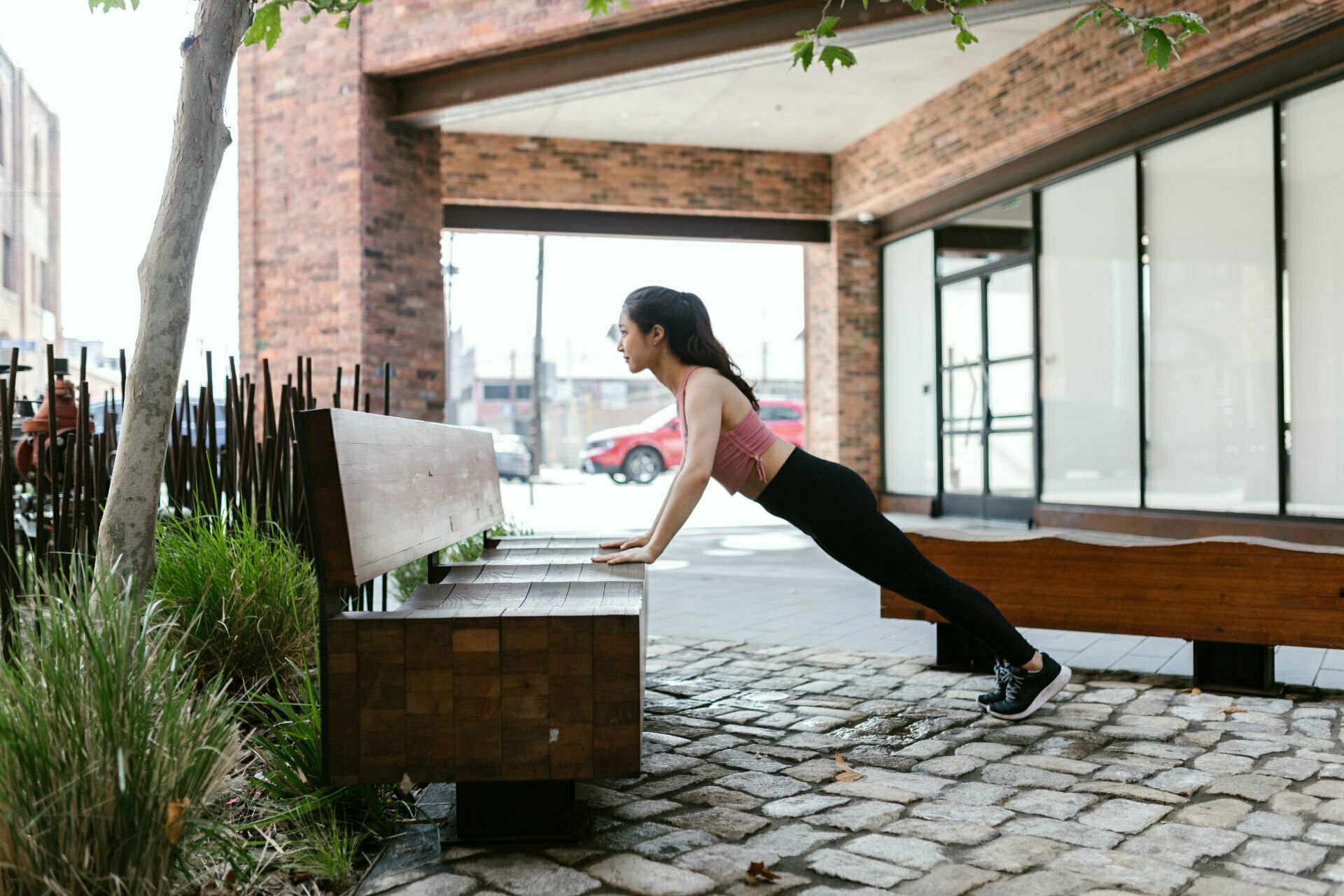The allure of a sculpted physique and enhanced strength is undeniable. However, achieving this ideal often involves gym memberships, expensive equipment, and complicated workout routines. What if we told you that you could achieve remarkable results with nothing more than your own bodyweight? Bodyweight exercises offer a powerful and accessible way to sculpt and strengthen your entire body. By utilizing your own body as resistance, these workouts can target multiple muscle groups simultaneously, improve functional fitness, and enhance overall athleticism. Whether you’re a seasoned athlete or just starting out, this article will explore the benefits, essential exercises, and a comprehensive guide to building your own bodyweight bootcamp program.
Bodyweight exercises

Engaging in bodyweight exercises is not just about getting fit; it’s about embracing a lifestyle that prioritizes strength, flexibility, and overall wellness. These exercises harness the weight of your own body to develop strength, balance, coordination, and endurance. Additionally, they can be performed virtually anywhere, making them an incredibly versatile option for people with varying fitness levels.
The beauty of bodyweight training lies in its accessibility. You don’t need to invest in expensive gym memberships or sophisticated equipment. All you need is your body and your determination. This makes it an ideal solution for those who prefer to work out at home, in a park, or while traveling.
Another notable aspect of bodyweight training is its ability to build functional strength. Functional movements mimic our everyday activities, such as bending, lifting, and squatting. When you train using bodyweight exercises, you prepare your muscles for real-life challenges. This translates into improved performance in daily tasks, whether it’s climbing stairs, lifting groceries, or playing with kids, ultimately enhancing your quality of life.
Exploring further into the realm of bodyweight exercises, we can uncover how they engage various muscle groups. Unlike traditional gym workouts that often isolate specific muscles, bodyweight training encourages synergy among multiple muscle groups. For instance, during a push-up, your chest, shoulders, triceps, and core all work together harmoniously. This integration not only builds strength but also enhances stability and posture, both crucial components of physical fitness.
In addition to strength, bodyweight exercises significantly improve mobility and flexibility. Engaging in dynamic movements, such as lunges or squats, stretches your muscles and joints, fostering greater range of motion. This increased mobility is vital for preventing injuries and maintaining good health as we age.
Moreover, the effectiveness of bodyweight training extends to cardiovascular health. Incorporating high-intensity intervals can elevate your heart rate and lead to significant calorie burning. Exercises like burpees or mountain climbers create a unique blend of strength and cardio training that can help in shedding unwanted fat while building lean muscle.
The Benefits of Bodyweight Exercises
Engaging in bodyweight exercises provides numerous benefits that contribute to overall physical fitness and well-being.
One of the most immediate advantages is the improvement in core strength. Many bodyweight exercises inherently engage the core muscles, which are essential for stabilization during movement. A strong core enhances your ability to perform various activities, from sports to simple day-to-day tasks, while reducing the risk of injury.
Additionally, bodyweight training enhances body awareness and control. As you progress, you’ll notice improvements in proprioception—the sense of where your body is in space. This heightened awareness allows for better control over your movements, leading to improved balance and stability.
Lastly, bodyweight exercises are versatile and can easily be adapted to suit any fitness level. Beginners can start with modified versions of exercises, while advanced practitioners can incorporate challenging variations. This adaptability keeps workouts fresh and exciting, enabling you to continually challenge your muscles and avoid plateaus.
Engaging Your Mind in Bodyweight Workouts
When practicing bodyweight exercises, it’s essential to connect your mind with your movements. Mindfulness plays a significant role in enhancing workout efficiency. Focusing on your breathing patterns and engaging with each muscle group as you perform the exercises fosters greater engagement and improves overall performance. Visualization techniques can also be beneficial—imagine every position, every contraction, and every stretch. This mental connection can transform your routine from mere repetition into an immersive experience.
Finding Your Flow with Bodyweight Training
Creating a routine that feels right for you is essential in maintaining motivation and commitment. Explore different combinations of exercises that resonate with you personally. Designing circuits that flow smoothly—from explosive movements to controlled holds—ensures that you keep moving without excessive rest, heightening intensity and enjoyment.
Finding your groove may require experimentation, but once you discover the rhythm that works for you, workouts become something to look forward to rather than a chore. Consider mixing in elements of play, such as incorporating fun challenges or friendly competition with friends or family, which can add an element of excitement to your bodyweight bootcamp sessions.
Strength-building bodyweight workouts

Building strength through strength-building bodyweight workouts revolves around creating a progressive routine that continually pushes your limits. The key is to design workouts that provide optimal challenges while focusing on form and technique. This section will delve into how you can structure your workouts effectively, ensuring consistent growth in strength and endurance.
Strength-building bodyweight workouts are fundamentally rooted in the principle of progressive overload. This concept emphasizes gradually increasing the difficulty of your workouts to stimulate muscle adaptation. With bodyweight exercises, this can be achieved by modifying exercises, changing angles, or increasing repetitions.
Before diving deeper into structuring a bodyweight workout, it’s important to recognize the significance of warm-ups. Warming up prepares your body for the impending intensity, reducing the risk of injury. A solid warm-up should include mobility drills and dynamic stretches targeting major muscle groups, priming them for action.
Structuring Your Strength-Building Workout
A well-structured workout consists of several components: a warm-up, main workout session, and cooldown. Each plays a critical role in achieving optimal results.
The main workout can be organized into different sections, targeting various muscle groups. For instance, choose a combination of lower body, upper body, and core exercises. This holistic approach ensures that no muscle group is neglected and promotes a balanced physique.
For example, a sample workout might start with lower body exercises such as squats and lunges, followed by upper body moves like push-ups and dips. Finishing with core-focused work like planks or bicycle crunches rounds out the session comprehensively.
Embracing Variations and Progressions
As you grow stronger, adding variations becomes essential to continue challenging yourself. Basic exercises like squats can evolve into more demanding forms such as pistol squats or jump squats. Progression not only keeps the workouts engaging but also prevents stagnation.
Consider integrating interval training into your routine. Performing exercises at high intensity for short bursts, followed by brief rest periods, elevates your heart rate and maximizes calorie burn. Circuit-style workouts allow you to move quickly between varied exercises, effectively combining strength and cardiovascular training.
Incorporating Recovery Techniques
Recovery is often overlooked but equally important in achieving strength gains. Adequate rest helps repair muscle fibers, allowing them to grow stronger. Be sure to schedule rest days into your routine, permitting your muscles the time they need to recover fully.
Additionally, consider utilizing active recovery workouts that involve gentle movement, such as yoga or light stretching. Not only do these sessions prevent stiffness, but they also promote circulation, aiding in muscle recovery.
Nutrition and Hydration Matters
Lastly, fueling your body with proper nutrition and hydration compounds the effects of strength-building workouts. Focus on a balanced diet rich in whole foods, including lean proteins, whole grains, and colorful fruits and vegetables. Nutrient-dense meals support energy levels and muscle repair, helping you recover faster after intense workouts.
Hydration is equally crucial. Ensure you’re drinking enough water before, during, and after your workouts to maintain optimal performance and aid in recovery. Dehydration can hinder your ability to push through challenging sets, impacting your overall strength-building journey.
Conclusion
In summary, bodyweight bootcamps provide an incredible opportunity to sculpt and strengthen your body without the reliance on expensive equipment or gym memberships. By understanding the benefits of bodyweight exercises, exploring their versatility, and implementing structured, strength-building workouts, you can embark on a transformative fitness journey. Embrace the challenge of utilizing your own body, engage your mind, and enjoy the process of becoming the strongest version of yourself.
Best Back Workouts and Exercises for Women Effective Routines to Transform


